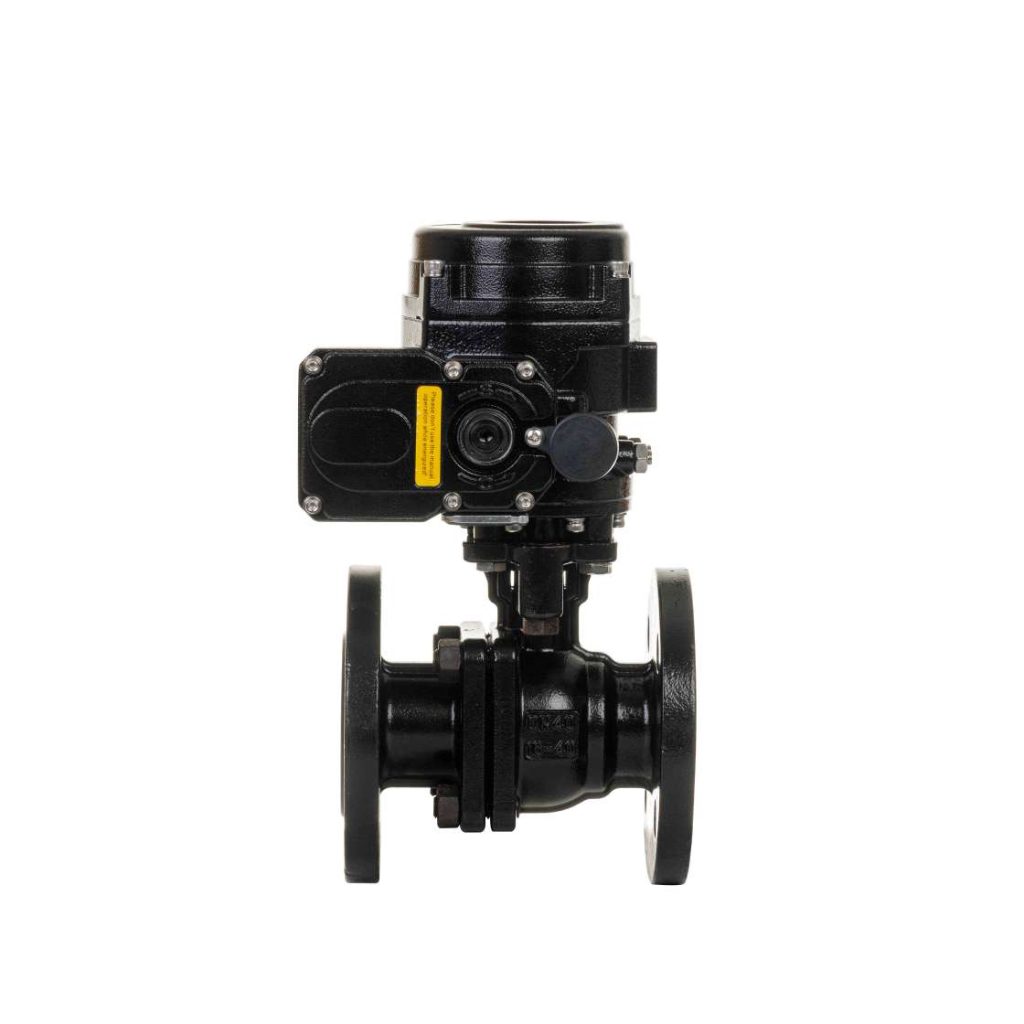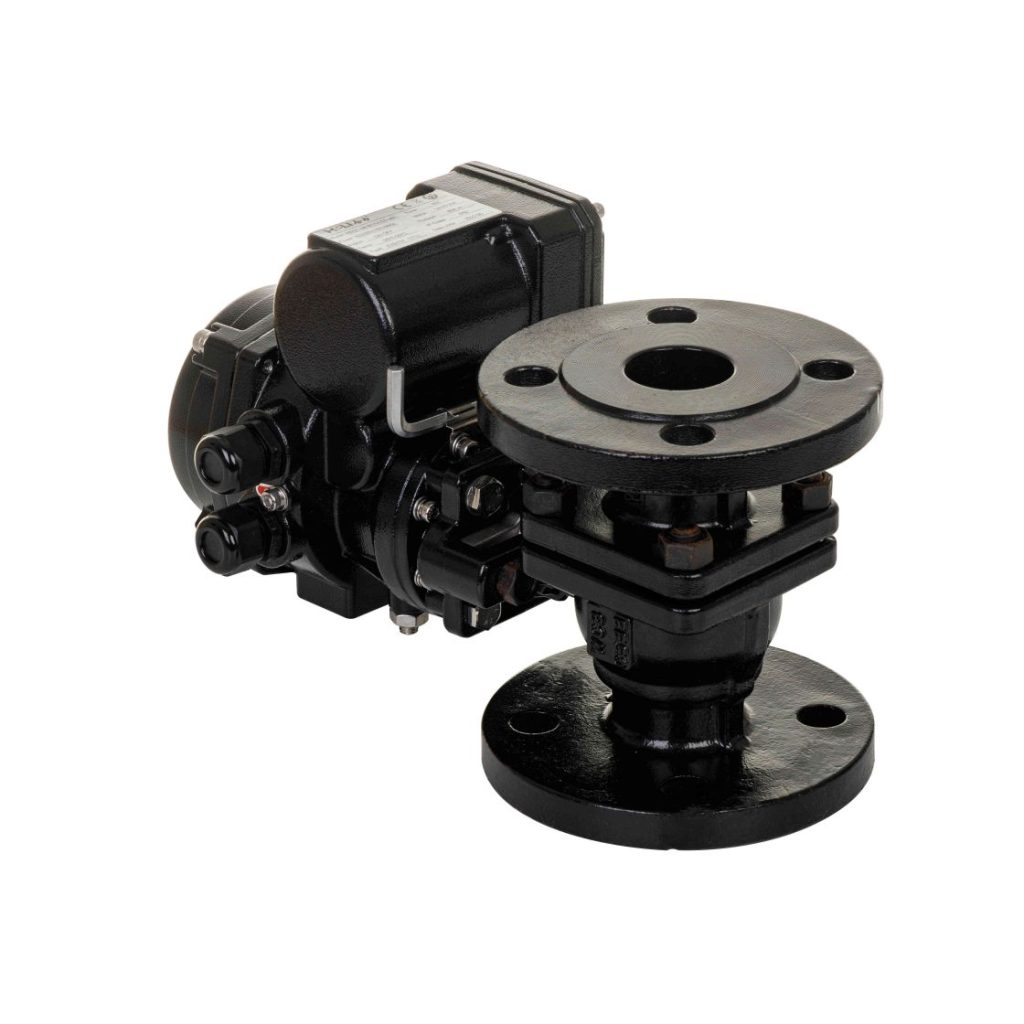The Stainless Steel Electric Flange Ball Valve is an essential component widely used in a variety of industries, including oil and gas, chemical processing, water treatment, and HVAC systems. Combining the durability and strength of stainless steel with the efficiency and automation provided by electric actuators, these valves are designed to deliver reliable performance in challenging environments. This article will explore the features, benefits, and applications of Stainless Steel Electric Flange Ball Valves, shedding light on why they are becoming increasingly important in modern industrial settings.

What is a Stainless Steel Electric Flange Ball Valve?

A Stainless Steel Electric Flange Ball Valve is a type of ball valve that features an electric actuator to control the valve’s operation. Unlike manual valves that require human effort to turn the valve stem, electric valves are operated via an electric motor, allowing for remote or automated control. The “flange” aspect refers to the valve’s connection method, where flanged ends allow for easy installation to pipe systems using bolts. The ball valve itself is designed with a spherical disc (ball) inside that controls the flow of fluid through the valve. The valve can either allow the fluid to pass through (when the ball is in the open position) or block the flow completely (when the ball is in the closed position). Stainless steel is the material of choice for these valves due to its superior resistance to corrosion, making it ideal for harsh and demanding environments.

Leave a Reply